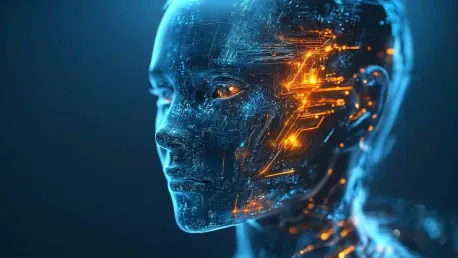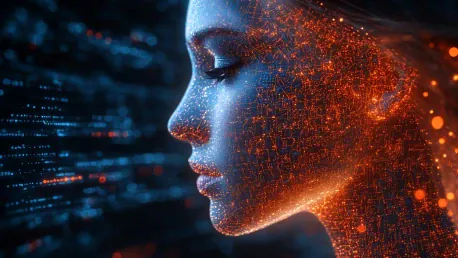
The article "Can AI Chatbots Revolutionize Math Education Effectively?" delves into the potential and challenges of using AI-driven chatbots in math education. It examines the initial excitement, current usage, and broader implications for the education system. The emergence of AI

The deadline is fast approaching for educational institutions to achieve comprehensive digital accessibility compliance. With the Department of Justice’s final rule on Title II of the Americans with Disabilities Act (ADA) now in effect, public educational institutions face a clear mandate: ensure 1

The integration of artificial intelligence (AI) into K-12 education is rapidly transforming the traditional classroom setting, promising both significant opportunities and formidable challenges. As school districts navigate this technological landscape, several pivotal trends are emerging that will

As the educational landscape continues to evolve, the integration of artificial intelligence (AI) and multimodal learning promises to redefine how we teach and learn by 2025. Considering the transformative advancements expected to shape classrooms, these innovations aim to democratize education,
In the fast-paced world of 2025, professionals face the challenge of managing, structuring, and accessing vast amounts of information efficiently. The rapid advancements in artificial intelligence have revolutionized note-taking tools, allowing them to simplify the process while providing valuable

The article "How AI is Transforming Learning for Dyslexic Students" by Samay Bhojwani offers an in-depth examination of the ways artificial intelligence (AI) is reshaping the educational landscape for students with dyslexia. Bhojwani, drawing from his personal experiences and professional